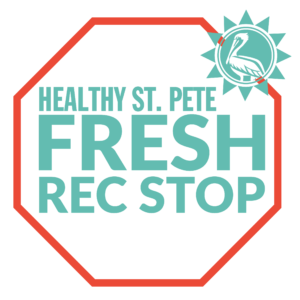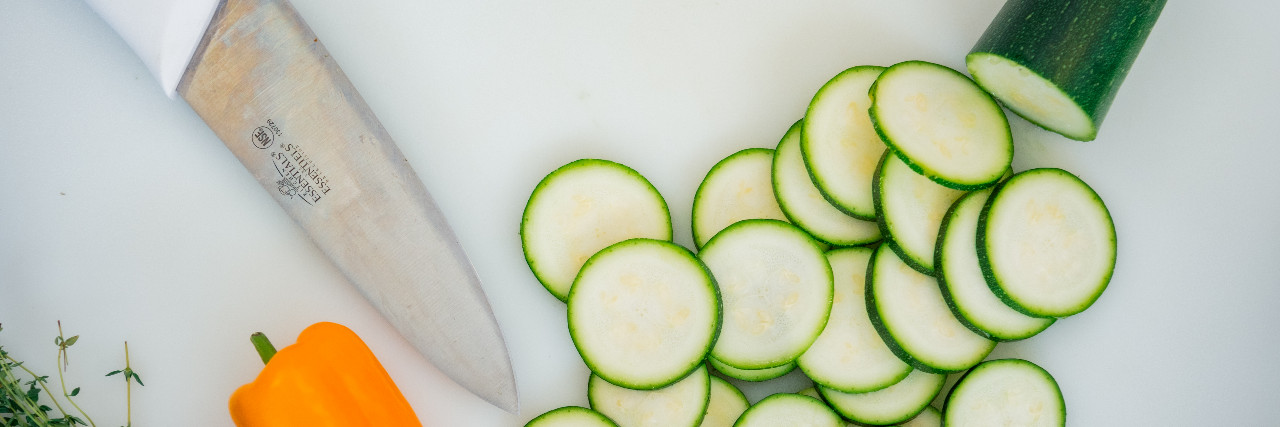
CHEF PHILIP’S 5 ESSENTIAL KITCHEN TOOLS
Whether you’re a seasoned chef or moving into your first apartment, walking into a new kitchen for the first time can be intimidating. There are a few things every kitchen should have to get you started in making delicious healthy meals.
A good chef’s knife. A chef’s knife blade is long, broad, pointed, and curved on the cutting edge, not serrated like a steak or bread knife. This makes chopping and slicing easier. It is very important to keep your knives sharp! Any knife can be kept sharp with an affordable sharpener and will serve you well in the long run. If you’re shopping for kitchen knives, try to get at least a chef’s knife, a paring knife (similar to a chef’s knife, but smaller), and a bread knife. A bread knife has serrated teeth on the cutting edge that are perfect for getting through tough crusts. You do not want to use a chef’s knife to cut something like crusty bread or a bagel; it can be very dangerous, and the blade is likely to slip.
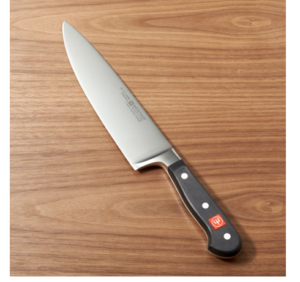
Pro tip: Never cut raw meat and vegetables on the same cutting board! Cross contamination spreads germs that lead to serious illness. Use two different, non-porous cutting boards made of easy to clean plastic. Never put wood in the dishwasher. The heat is bad for fibrous materials and can trap germs.
Measuring cups and spoons. This one seems obvious, but it’s essential to the beginner chef. Often, I find myself measuring out ingredients when I’m first trying a recipe and then using my own judgement and taste to adapt it the next time. If you or anyone in your family has special dietary restrictions, this can be very important. Visualizing what our food looks like in proportion helps with portion control. For example, knowing the difference between what a tablespoon and a teaspoon of salt looks like will help you visualize how much sodium you regularly consume.
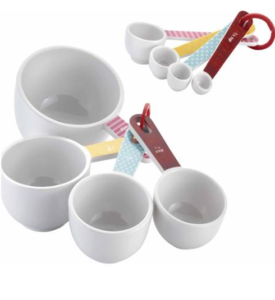
Pro tip: There is a reason many kitchen utensils are made of stainless steel – it’s durable, easy to clean, and won’t rust. However, metal cannot go in the microwave. For recipes that require melting ingredients like butter or chocolate, a glass or microwave safe plastic measuring cup is needed.
Spatulas. I keep two types of spatulas around: one for flipping and one for mixing. My flipping spatula is stainless steel and perfect for making fried eggs and getting under small cuts of meat and thick-cut veggies. If you use a pan with a non-stick coating like Teflon, you’re going to want a high-temperature resistant plastic spatula. Scraping non-stick surfaces with metal utensils will not only ruin your pan, but also release extremely harmful chemicals into your food. You’ll also want a high-temperature resistant silicone or nylon spatula for stirring and mixing. This is great for stir-frying, mixing sauces, batters, and much more.
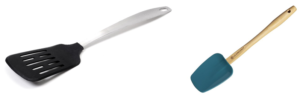
Pro tip: Wooden spatulas and spoons are also naturally heat-resistant and non-stick. However, it’s important to remember these cannot go in the dishwasher for the same reason wood cutting boards cannot – the fibrous material will expand and deteriorate in the heat and allow germs to get trapped inside more easily. Wooden utensils can also potentially get stained if they’re not handwashed right away and can sometimes absorb flavors.
Cast iron. This is more of a personal preference. There is nothing wrong with any of the pots and pans you can buy. Stainless steel, non-stick, copper bottom, ceramic coated are all fine choices and have their pros and cons. I use a cast iron skillet and a Dutch oven at home because it suits my personal cooking style. There is plenty to be read and said about cast iron, but I like the versatility, durability, the ease of cleanup, and honestly the aesthetic of them. Both can even go right inside the oven if I want. Adding cool ingredients to most other types of pans will instantly lower the temperature, but cast iron holds temp very well. They stay hotter much longer than stainless steel and keep food warm while I’m preparing other things. Unlike many tools, cast iron cookware actually improves with use. Well-seasoned pots and pans, even antique ones, will cost much more than brand new ones. They do require some special attention and care which you should read about before deciding to buy, but following a few simple guidelines ensures your pots and pans will survive and cook healthy meals for generations.
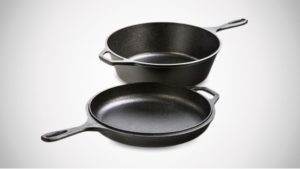
Pro tip: You’ll still want a regular stainless steel or non-stick pot for things like boiling water or pasta. Cast iron is coated with a natural non-stick layer of seasoning created by superheating oils and can rust. Rusted cast iron requires a lot of intense work to restore. Starches like pasta will also absorb oil and make an undesirable texture and taste. Bonus tip: Once you try Dutch oven popcorn, you will never go back to air popped!
Salt and pepper grinder mills. Every kitchen should have salt and pepper, but I personally like to use the kind I can grind up myself. The difference in flavor between ground black pepper you might find on the table in a cafeteria and fresh ground black pepper is astounding. Whole peppercorns are easy to find at most stores, and often you can find other varieties you might like to try like white peppercorns, or tri-colored peppercorns. Each has their own distinct and aromatic flavor. Typically, a grinder mill will have adjustments for coarse or fine grounds too, which is another level of personalizing your meals. Freshly ground salt offers a little less distinction between itself and its cafeteria counterpart, but you should try other kinds of salt or make your own flavored and spiced salts. The ability to change the size of the ground salt crystals is also nice for certain recipes. I don’t cook with a lot of sodium, as much of our food already has plenty, so the extra step of grinding it myself is a way to be mindful.
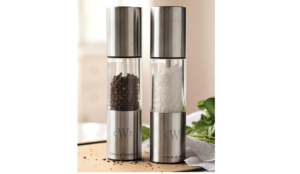
Pro tip: there are many different kinds of salt. They largely serve the same purpose in cooking but have different uses and sometimes benefits. For example, iodine is essential to a healthy functioning body, but isn’t normally found in kosher salt or pink Himalayan salt. For someone who may need to monitor their iodine levels with food like eggs and fish, iodized salt may be one of the most common sources of this mineral. Salt has been a powerful force in human history for thousands of years. In fact, the Romans paid soldiers with salt and it’s where the word “salary” comes from. Spend a little time getting to know sodium!
These are just a few of my most favorite tools in my kitchen. I don’t like single-purpose gadgets and utensils. I keep a minimalist approach and a well-organized workspace. Remember, the focus is always on the food, not the tools that got you there. Always work smarter, not harder.
If you have any questions or comments, I’d love to hear from you! Call or email me, or stop by one of my Fresh Rec Stop food demos at a center near you!
